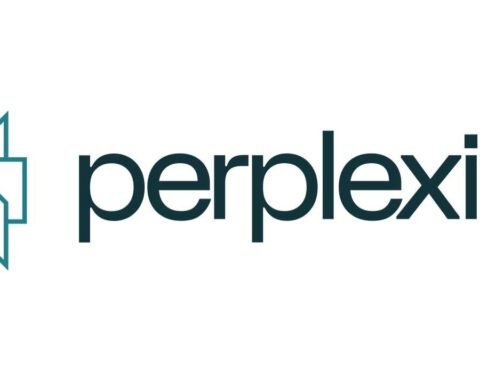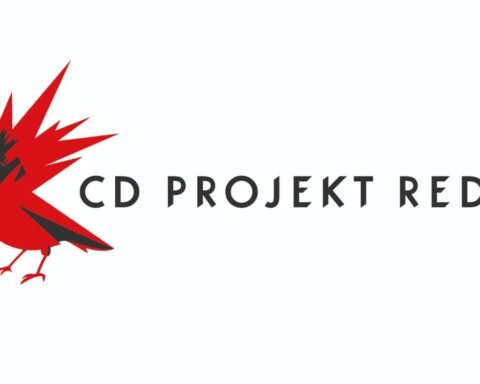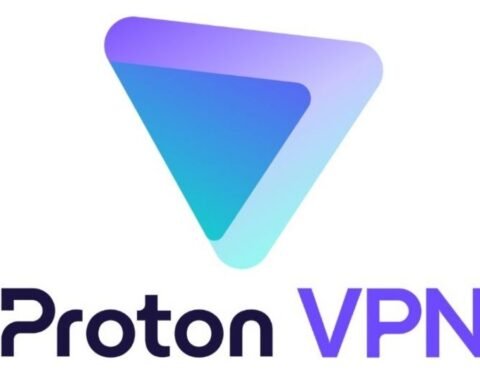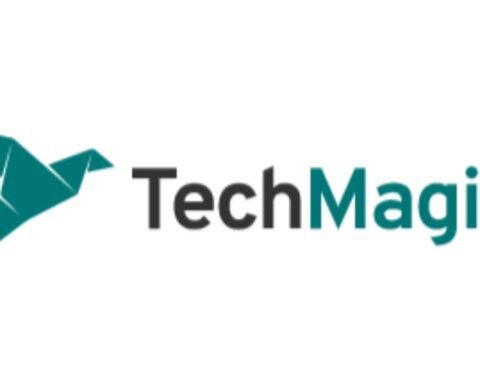
Do you constantly struggle when looking for documents? Every day, your document management workflow becomes more complex as your business generates more information. Considering disorganized and fast-growing data can get out of hand quickly, it easily compromises regulatory compliance and operational efficiency.
The good thing is that you can always improve your document management strategy. This blog post will break down the best practices in file management to show you how to manage files and folders in computer systems better to maximize efficiency and help cut operating costs.
Keep Data in a Single Location
Where do you currently keep your files. It’s very un ideal to store documents in multiple locations and folders, be that on a single computer, your network server, or in the cloud. When you data is in so many different places, it becomes very difficult to locate the documents you need in time due to the digital clutter.
In this regard, the first step to efficient file management for your organizations is to keep all your important documents in a single, easily accessible folder, and in subfolders beneath that as well. You can always turn to document scanning software to help you digitize paper records to make them much easier to access, store, and retrieve.
Use Descriptive File Names
Do you randomly name your documents? If the answer to this question is yes, you may need to click and open each file in a particular folder, every time you want to retrieve a specific piece of information from the pile.
It is worth mentioning that poor file naming practices are very inconvenient and can cost you a lot of wasted time since you’ll need to employ trial-and-error tactics to retrieve files. In this regard, proper naming is vital to creating efficient electronic document management systems for your enterprise.
The good news is that there are several corporate file management best practices you can follow, such as describing files by; date or year of creation, employee name, document type, and client name. You can name files using a combination of these criteria, separating each identifier with a hyphen.
There’s no denying that time is money for your business. If you spend a lot of it on iterative document management work, this takes away from your enterprise’s direct labor time. With highly inefficient organization and document management strategies, a huge chunk of your productivity, and revenue, will go down the drain every day.























